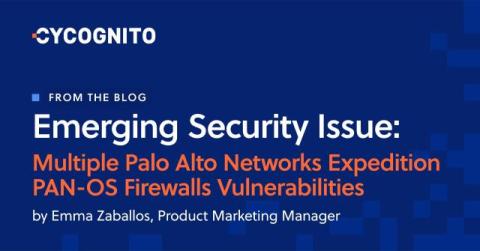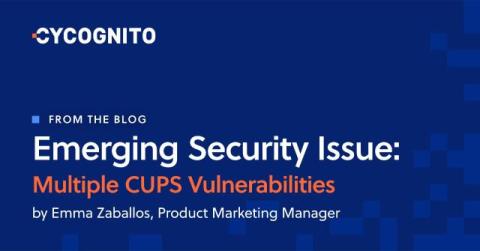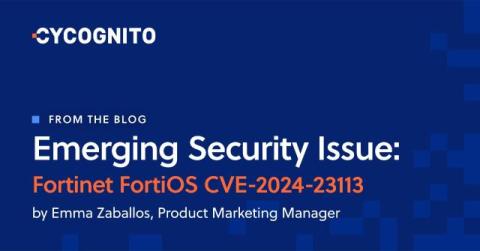The Real Purpose of GRC Tools: Compliance vs. Risk Management
Jack Jones explains how GRC tools are often more focused on compliance than true risk management. Discover why most tools miss the mark when it comes to managing the frequency and impact of loss events.











